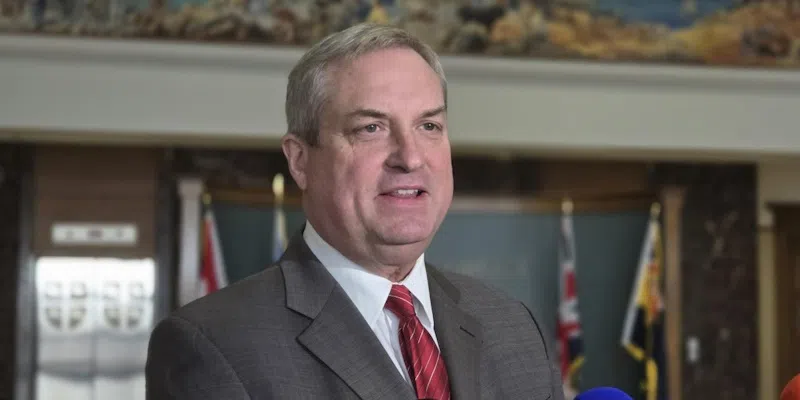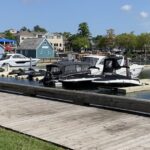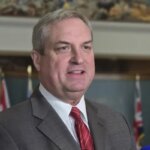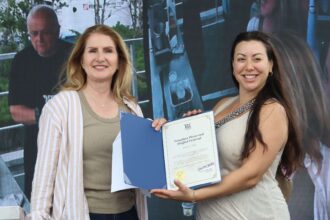As Newfoundland and Labrador grapples with unprecedented population growth, provincial officials are standing firm on their ambitious immigration strategy despite mounting concerns over strained public services.
The province’s 2025 immigration policy, which aims to welcome 5,100 newcomers annually by 2026, has become a flashpoint in public discourse as healthcare wait times lengthen and housing availability plummets to historic lows. During yesterday’s press conference in St. John’s, Immigration Minister Gerry Byrne vigorously defended the government’s position.
“Our immigration targets remain essential to counteract our aging demographics and fill critical workforce gaps,” Byrne stated. “We understand the growing pains, but abandoning our population growth strategy would be shortsighted and ultimately harmful to our economic future.”
Recent provincial data reveals that Newfoundland and Labrador experienced a 2.7% population increase in the past year—the fastest growth rate since Confederation. This surge has placed unprecedented demands on infrastructure originally designed for a much smaller population base.
Dr. Elizabeth Morgan, health policy analyst at Memorial University, notes the complexity of the situation. “The healthcare system was already operating near capacity before this population increase,” she told CO24 News. “While immigration absolutely strengthens our economy long-term, we need immediate investments in healthcare infrastructure to bridge this transition period.”
The housing market has been particularly affected. Average rental prices in St. John’s have increased 18% year-over-year, with vacancy rates below 1% for the first time in decades. This has sparked demonstrations outside the Confederation Building, where protesters demand emergency housing measures.
Premier Andrew Furey acknowledged these challenges while reaffirming the province’s commitment to its immigration targets. “We’re fast-tracking infrastructure investments, including $213 million for healthcare capacity expansion and $85 million for affordable housing initiatives,” he explained during Tuesday’s Canada News briefing.
Business leaders largely support maintaining current immigration levels. The Newfoundland and Labrador Board of Trade reports that 76% of member businesses face labor shortages that directly impede growth. “Without continued immigration, our economic recovery would stall,” said Board President Thomas Hawkins.
Opposition critics argue the government should temporarily reduce immigration targets until infrastructure catches up. “It’s irresponsible to invite people to a province where they might wait 18 months for a family doctor or struggle to find housing,” said Opposition Leader David Brazil.
The tensions highlight a broader political dilemma facing many Canadian provinces: balancing necessary population growth with the capacity of public services to absorb newcomers.
Minister Byrne emphasized that adjustments are being made. “We’ve implemented a geographic distribution strategy to direct newcomers to communities with greater capacity,” he noted. “And we’re prioritizing immigrants with healthcare backgrounds—137 internationally trained medical professionals began the accreditation process this year.”
As debates intensify about Newfoundland’s immigration strategy, the fundamental question remains: can the province successfully balance demographic necessities with quality of life for both existing residents and newcomers? The answer may well determine the economic trajectory of Canada’s easternmost province for decades to come.





















